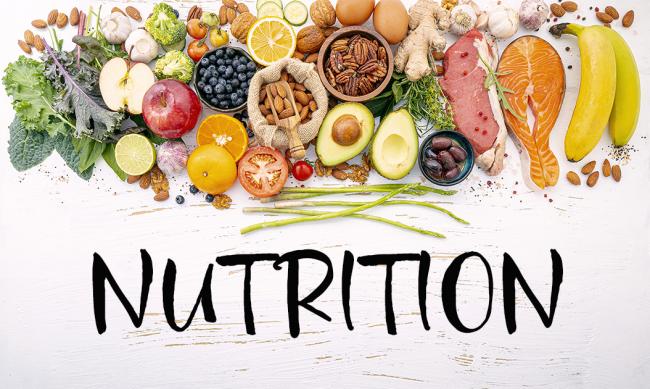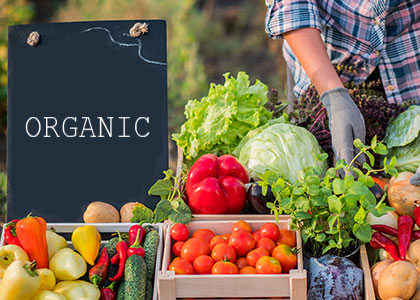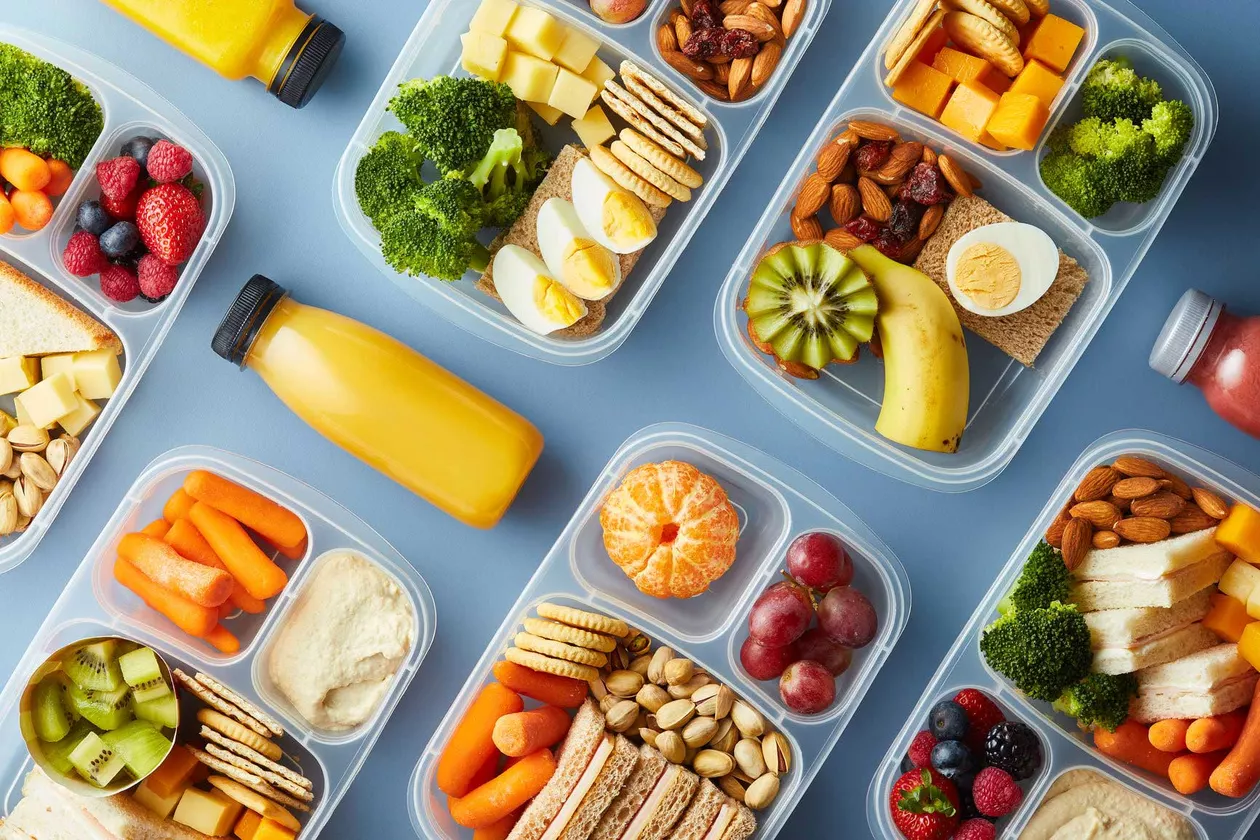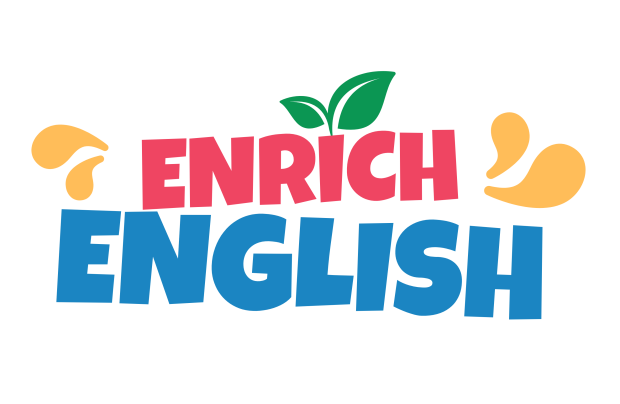Healthy eating habits
Lesson focuses on healthy eating habits, emphasizing balanced diets, nutritional tips, and making healthier food choices.

Part 1
Warm-up
Answer the questions
What did we discuss in the last lesson?
Do you often diet or avoid eating to lose weight?
Part 2
Vocabulary
Read the word, its’ meaning, and the examples
Then make up your own sentences using the word.
Student can skip the words they already know.
nutrition
/nuˈtrɪʃən/

the substances that you take into your body as food and the way that they influence your health
She focuses on nutrition to improve her health.
Nutrition labels help people make better food choices.
diet
/ˈdaɪət/

an eating plan in which someone eats less food, or only particular types of food, because they want to become thinner or for medical reasons
He's changing his diet to include more vegetables.
A balanced diet is key to losing weight.
organic
/ɔrˈɡænɪk/

not using artificial chemicals in the growing of plants and animals for food and other products
They buy organic food whenever possible.
Organic farming is better for the environment.
portion
/ˈpɔrʃən/

A part or amount of food served for one person.
Restaurants often serve large portions.
Controlling portion sizes can help with weight management.
hydrate
/ˈhaɪdreɪt/

to provide someone or something with water or liquid
Remember to hydrate during exercise.
Athletes need to hydrate more than others.
balance
/ˈbæləns/

the ability to remain standing, especially because your weight is equally distributed (= spread)
Eating a variety of foods helps maintain nutritional balance.
Balance is important when riding a bicycle.
Make up your own sentences using the words.
Part 3
Reading comprehension
Read the article and answer questions.
Teacher helps student correct their pronunciation.
Healthy eating: Finding balance and nutrition
Eating healthy is all about balance and good nutrition. You don’t have to cut out all your favorite foods, but you should try to eat a variety of things. Make sure your diet includes plenty of fruits and vegetables. It’s best to choose organic when you can because it’s better for your body.
Remember to watch your portion sizes too. You don’t have to eat everything on your plate if you’re full. It’s important to listen to your body. You should also try to hydrate by drinking water throughout the day. Sometimes, when you think you’re hungry, you might just be thirsty.
You could also try to eat smaller meals more often to keep your energy up. You have to take care of your body, and what you eat is a big part of that. Healthy eating is a great way to feel good and stay fit!
Check your understanding
What should you include plenty of in your diet?
Why might you choose organic foods?
What is one way to tell if you are really hungry or just thirsty?
Sample answer
- You should include plenty of fruits and vegetables in your diet.
- You might choose organic foods because they are better for your body.
- If you're not sure if you're hungry, try drinking water to see if you're just thirsty.
Part 4
Grammar
Prefer
Meaning: Prefer is a verb that means “to like better”.
1. Prefer + noun
- I prefer coffee
- She prefer coffee to tea
2. Prefer + gerund (V-ing)/ to-V
- She prefers giving to receiving
- Do you prefer cooking at home or eating out?
- Do you prefer to work or to drive?
Noted:
– Use “to” when comparing two things or actions.
– Use “or” when offering a choice or asking a question.
Part 5
Discussion
Let’s use the vocabulary you’ve learned during the lesson and talk about the following topics/questions freely!
Teacher helps student expand and correct the answers
What types of food are considered healthy to eat?
Why is drinking water important for your health?
What does it mean to eat a balanced diet?
How can you tell if food is high in added sugars?
Why is portion control important in healthy eating?
How does eating breakfast affect your day?
Why might someone choose to eat organic foods?
Review
Let’s review the lesson with teacher
6 words and phrases in the lesson
Grammer points
Discussing about healthy eating habits, emphasizing balanced diets, nutritional tips.
See you next lesson
Homework
Do homework
Watch the video and summarize the content of the video in 6-10 sentences.

